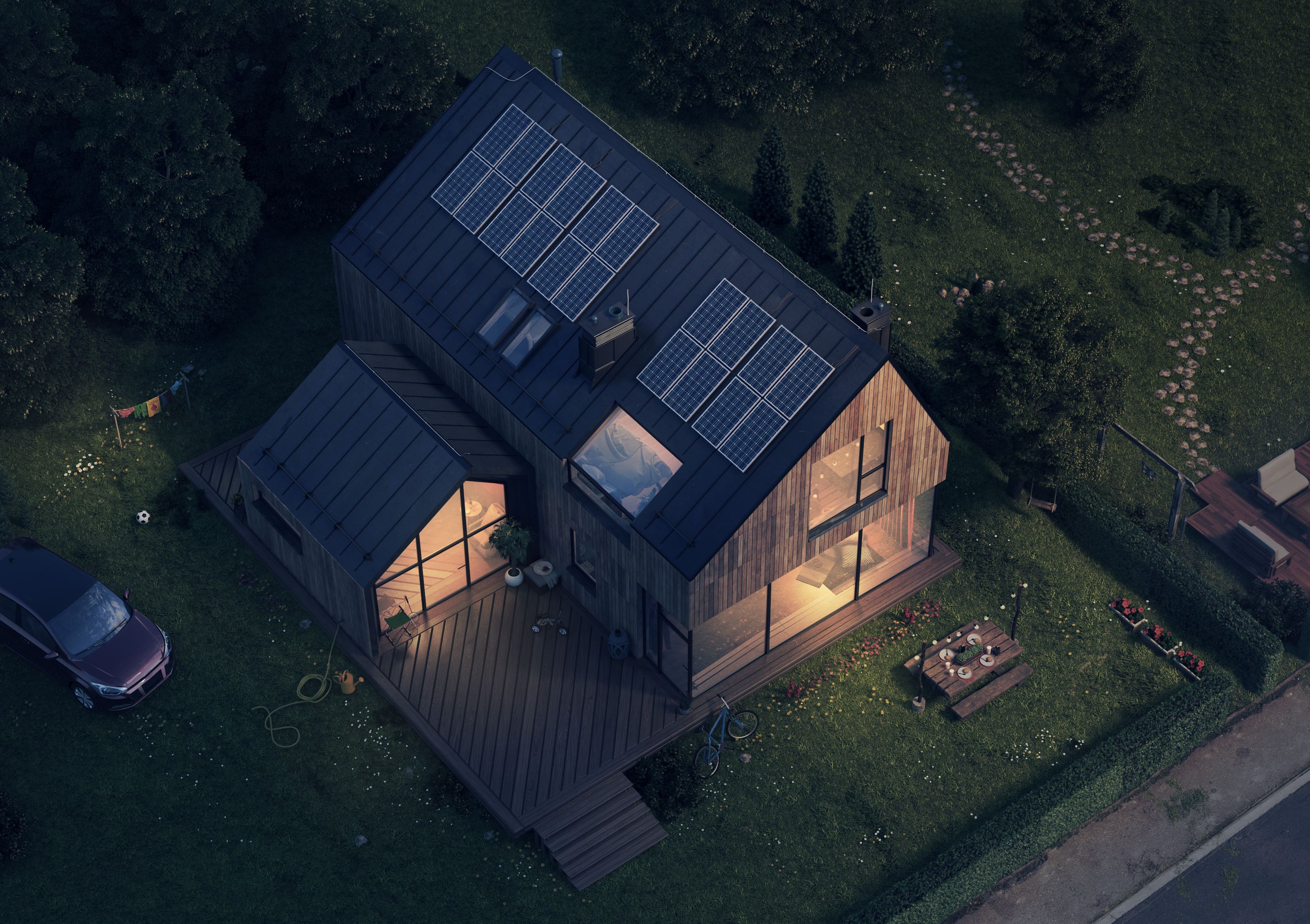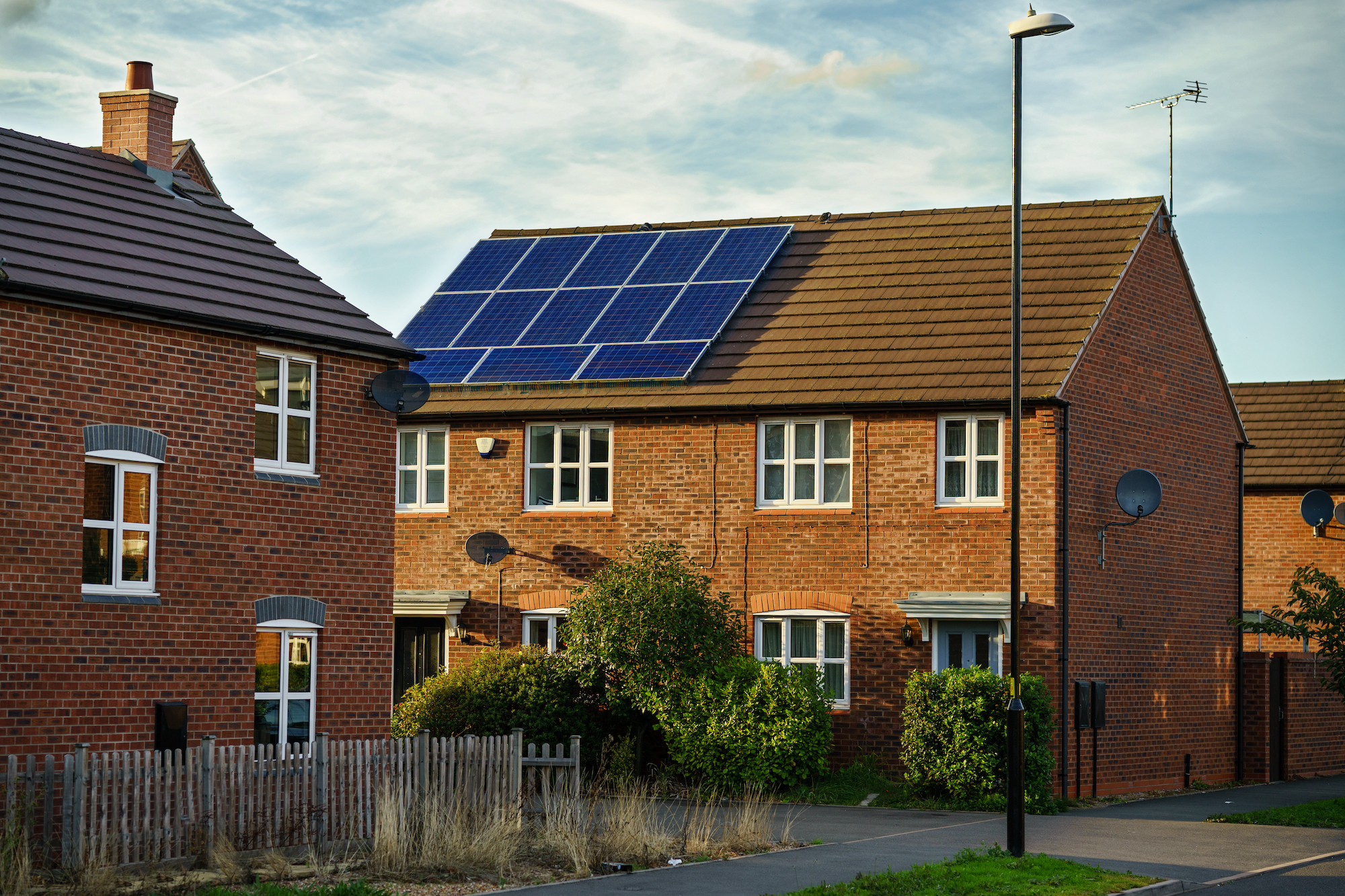New solar panel that also heats homes being developed — to remove need for boilers
The innovative solar panels were shown to produce less than 2000kg per year of carbon emissions compared to gas boilers and 1000kg per year compared to air source heat pumps

Scientists from Imperial College London are working on a form of solar energy that can also provide heating to houses.
The innovative solar panel technology demonstrates how the system can be used to reduce heating bills, lower CO2 emissions and reduce pressure on the electricity grid.
We explore how this system works, how much it costs as well as what this could mean for household heating systems in the future.
How does 'solar panel heating' work?
Researchers at Imperial College London have created an innovative system for storing solar energy that can be used to heat homes.
This system uses solar thermal collectors to convert sunlight into heat and phase change materials (PCMs) to store the heat as latent energy (heat produced when changing from a solid to a liquid).
The stored energy can be used for both heating and cooling in buildings. It includes space and water heating, and the ability to provide cooling by reversing the heat flow. The PCMs in the system have the capacity to absorb and release significant thermal energy during their solid-liquid phase transition.
Dr Antonis Sergis, co-author of the paper, said: “Even though this is a conceptualised solution based on energetic modelling, we think it is important as it offers diversification of the methods to be used in delivering heating and cooling to buildings for a renewable future, which are currently scarce.”
Get the Homebuilding & Renovating Newsletter
Bring your dream home to life with expert advice, how to guides and design inspiration. Sign up for our newsletter and get two free tickets to a Homebuilding & Renovating Show near you.
Produces lower CO2 emissions than heat pumps
A case study was completed on a London home using the solar panels, which demonstrated notable reductions in CO2 emissions.
The system produced less than approximately 2000kg per year of emissions compared to gas boilers and 1000kg per year compared to air source heat pumps in the study.
It also indicated lower electricity consumption and costs compared to traditional heating and cooling systems.
This suggests that the system could present a more practical choice for decarbonising heating and cooling in buildings than even the most efficient heating solutions currently on the market.

Panels could change the UK's net zero strategy
The research emphasises the significance of reducing carbon emissions in heating and cooling systems for buildings, which are responsible for 23% of total CO2 emissions in the UK.
The existing strategy suggested by the UK government involves substituting gas boilers with more eco-friendly electric heat pumps.
However, this approach would raise electricity consumption and strain the power grid, which will require more sustainable and renewable energy sources.
The proposed system provides an alternative solution that can function largely independently of the grid, relying on solar energy as the primary source of heating.
How much will it cost?
The anticipated expenses for implementing, maintaining, and operating the system are expected to fall between the costs of installing air source heat pumps and ground source heat pumps.
According to the researchers, their system is estimated to achieve cost parity with air source heat pumps within four years of installation, as per the payback period analysis.
Once cost parity is reached, the proposed cost of the solar panels is projected to decline, with a complete payback to customers anticipated within 30 years of installation.
This research and interactive demonstrations of PCMs will be presented, among other energy projects, at the Future Energy Festival on November 16, 2023, titled "Decarbonising building heating and cooling: Designing a novel, inter-seasonal latent heat storage system."

News Editor Joseph has previously written for Today’s Media and Chambers & Partners, focusing on news for conveyancers and industry professionals. Joseph has just started his own self build project, building his own home on his family’s farm with planning permission for a timber frame, three-bedroom house in a one-acre field. The foundation work has already begun and he hopes to have the home built in the next year. Prior to this he renovated his family's home as well as doing several DIY projects, including installing a shower, building sheds, and livestock fences and shelters for the farm’s animals. Outside of homebuilding, Joseph loves rugby and has written for Rugby World, the world’s largest rugby magazine.
